Tech Trends, Tips & Tutorials
Car Cannot Start Engine? Most Often Caused by These 6 Reasons
Have you experienced any of the following issues with your engine? Recently, many friends have been asking why their car cannot start engine or why the RPM doesn’t rise after starting. Today, we’ve compiled some common engine starting problems and cases of RPM not increasing, along with their repair solutions for your reference.
When fuel burns inside the engine cylinder, the expansion of combustion gases generates a force. This force overcomes the friction resistance of various engine parts, drives auxiliary devices (such as the water pump, fuel injection pump, fan, air compressor, generator, and oil pump), and transmits outward through the flywheel as output power.
Insufficient cylinder heat generation, low thermal efficiency, excessive engine friction, or increased auxiliary device load all reduce output power, causing weak engine performance.
1.The main causes of the above phenomena:
(1) Insufficient Fuel Supply
The fuel system should be able to timely and adequately spray well-atomized fuel into the cylinder. If there is a fault in the fuel system causing a reduced amount of fuel injected into the cylinder, the heat generated by combustion decreases. When the heat is insufficient to meet the engine load requirements, the engine will feel weak.
(2) Effect of Injection Advance Angle
The amount of fuel injected into the cylinder should be appropriate. If the initial pressure rise rate of the fuel increases, it tends to cause rough engine operation. Engine roughness wastes power, lowering thermal efficiency and net output. With insufficient injection advance, combustion shifts to the expansion stroke, reducing pressure rise rate and peak pressure while increasing exhaust temperature. This leads to greater cooling system heat loss and significantly worse thermal efficiency.
(3) Poor Spray Quality
When the engine is running, if the fuel injector produces poor spray quality, the fuel injected into the cylinder has a small surface area and a reduced combination rate with oxygen. Even if the amount of fuel injected into the cylinder is sufficient, poor atomization results in less oxidation reaction, generating less heat.
(4) Effect of Ambient Temperature
When the ambient temperature is too high, it often causes the engine to overheat. High ambient temperatures cause air expansion, reducing intake volume and engine power. Conversely, low temperatures impair fuel evaporation, resulting in incomplete combustion and reduced heat generation.
(5) Effect of Intake Air Volume
Diesel fuel burns when carbon atoms react with oxygen (forming CO₂ and heat). Restricted airflow—from clogged filters, turbocharger faults, or valve timing issues—reduces oxygen supply. This incomplete combustion lowers heat output and weakens engine power.
(6) Poor Sealing of Components Containing the Working Medium
Issues such as a damaged cylinder gasket, improperly closed valves, or excessive clearance between the piston and cylinder wall can cause air leakage and poor compression. This leads to inefficient combustion of fuel inside the cylinder and results in a weak engine.
(7) Effect of Engine Resistance
If the engine is assembled too tightly or the engine oil is too viscous, it will cause excessive engine resistance. Besides overcoming its own internal friction and the resistance of auxiliary devices, the engine must also output power externally. When resistance is too high, the effective output power decreases, resulting in a weak engine.
2.Diagnosis and Troubleshooting
When repairing an engine, mechanics should diagnose problems by analyzing causes and observing symptoms. They must rule out all possible factors to pinpoint the issue before beginning repairs.
- If there is little exhaust and the engine is difficult to start during ignition, the cause is likely insufficient fuel supply. Diagnosis and troubleshooting should be carried out according to the faults described in the fuel system.
- Blue-white smoke from the engine exhaust pipe means blow-by gas in the cylinders is causing the lack of engine power.
- Black smoke and poor acceleration during smooth starts indicate insufficient cylinder airflow. Inspect and clean the air filter (and turbocharger if equipped) to resolve.
- Check the engine resistance by prying the engine flywheel with a pry bar. If it feels more difficult to turn compared to other engines of the same type or its normal condition, it indicates that the engine resistance is too high. If it is a newly repaired engine, the cause is often overly tight assembly, which requires either a or reassembly.</p>
- Excessively delayed fuel injection timing most often causes engine overheating. This condition also reduces engine power, so mechanics should correct it by adjusting the injection timing.
- To check for air leakage, rotate the engine flywheel to bring the piston of the cylinder being inspected to top dead center on the compression stroke. Remove the injector, engage a low gear, and apply the handbrake. Then, use a hose to introduce compressed air into the combustion chamber through the injector hole. At the same time, have another person listen for air leakage sounds at the intake manifold, exhaust pipe, oil filler cap, cylinder head gasket area, or radiator filler neck.
If you hear air leakage at a certain location, it means that the cylinder has poor sealing in that area. For example, if you detect a leakage sound at the exhaust pipe or intake manifold, it means the valves are not sealing properly. If you hear a leakage sound at the radiator filler neck, it means the cylinder head gasket is damaged. You should identify the exact cause and correct it accordingly.
3.Conclusion:
There are many possible causes for car cannot start engine performance. Always analyze specific conditions to pinpoint causes and solutions. Want more insights? Comment below—we’ll gladly share additional expertise!
 AUTOOL Official Team
AUTOOL Official Team
Mobile/whatsapp/Wechat:+86 189 2647 7404
Email: shop.autooltech.com
Website Official Shop: https://shop.autooltech.com/

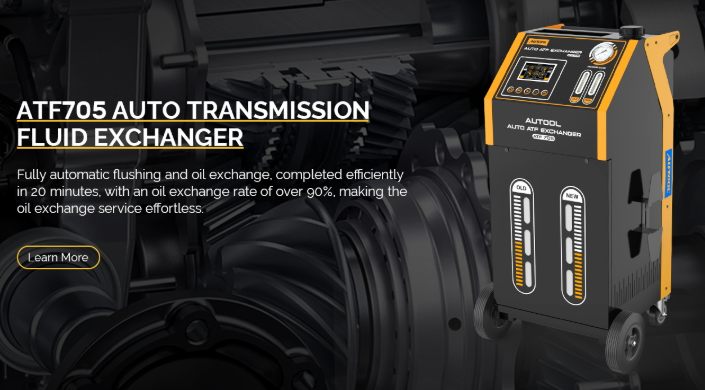
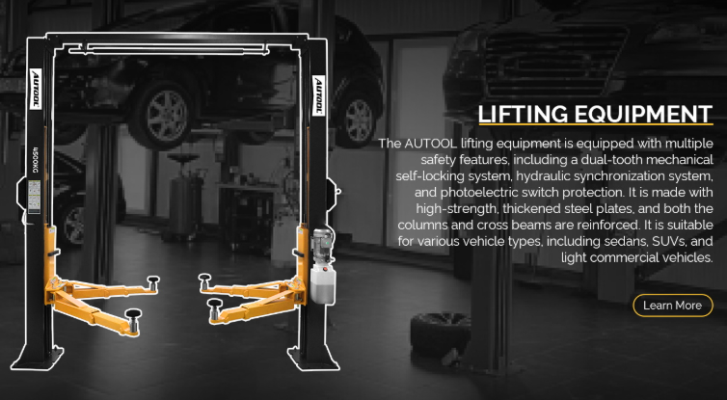
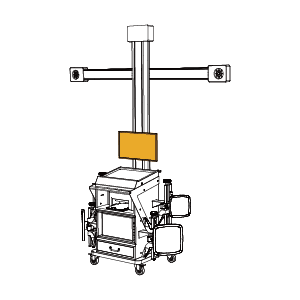
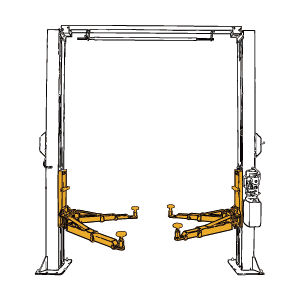
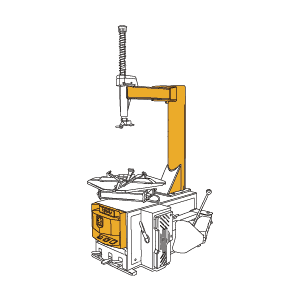
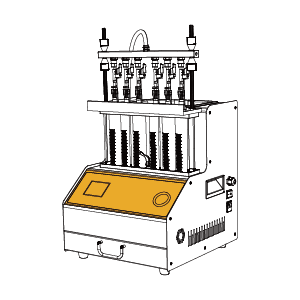
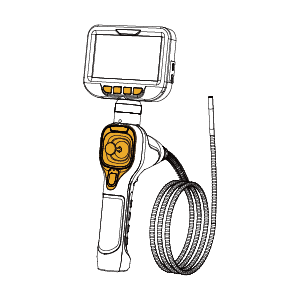
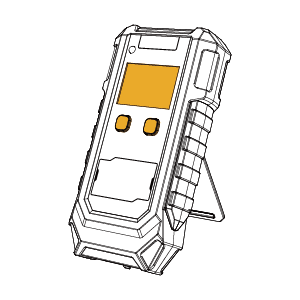
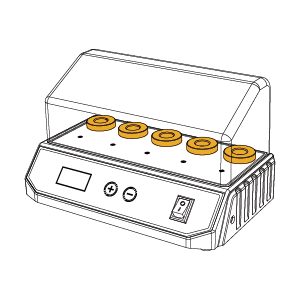
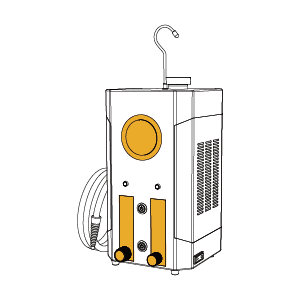
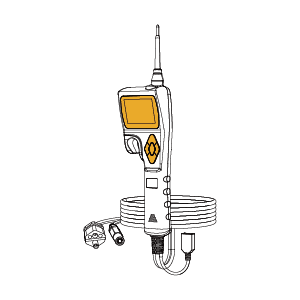
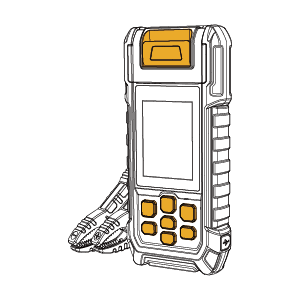

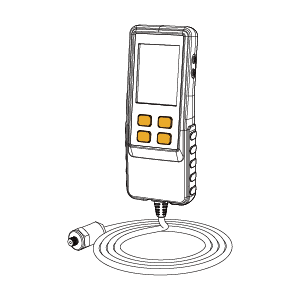
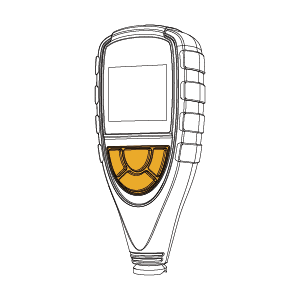
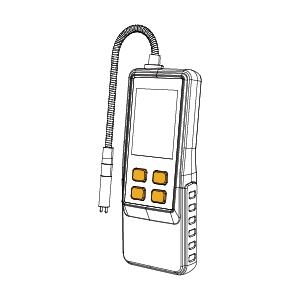
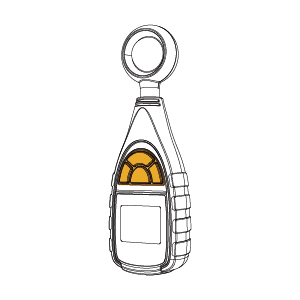
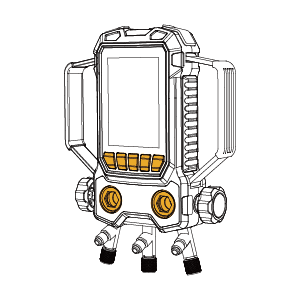
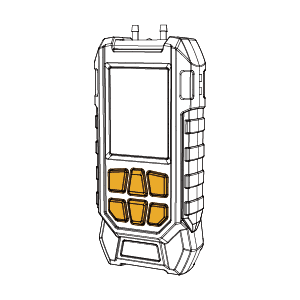
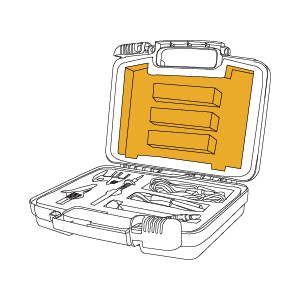
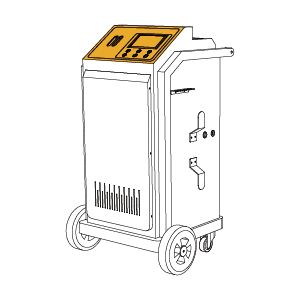
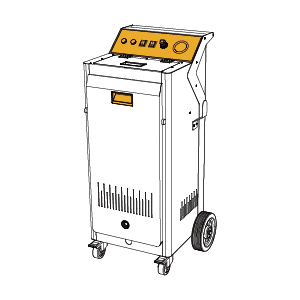
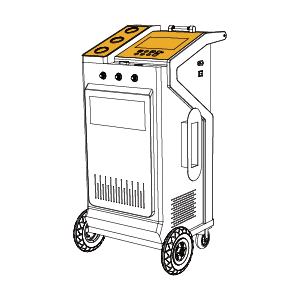
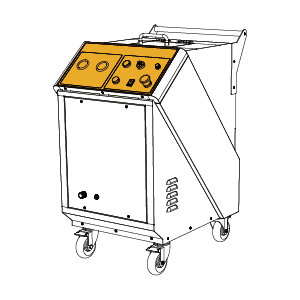
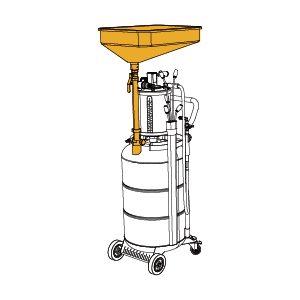
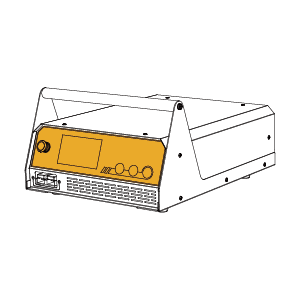
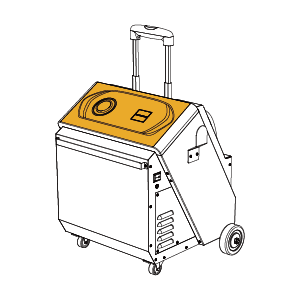
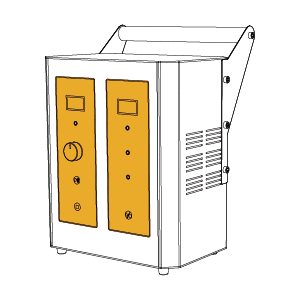
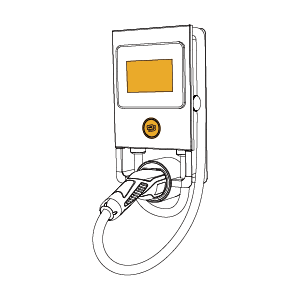
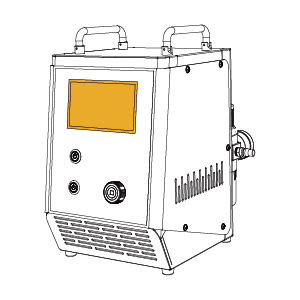
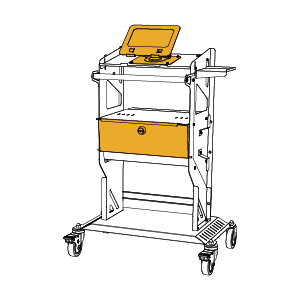
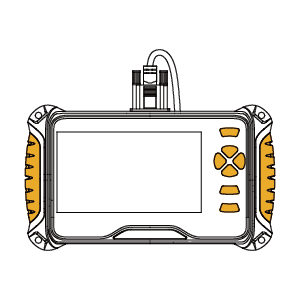
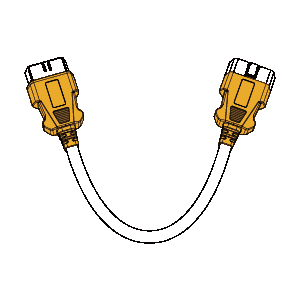
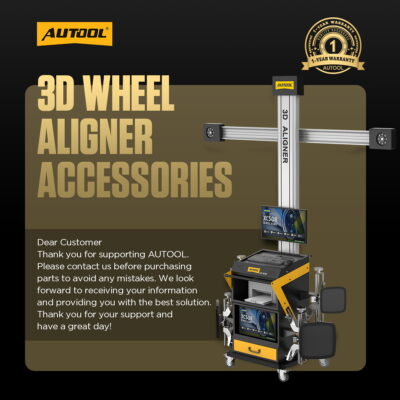
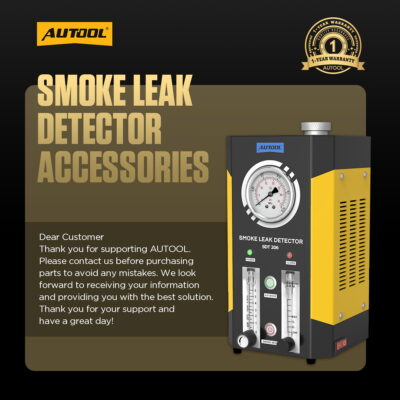

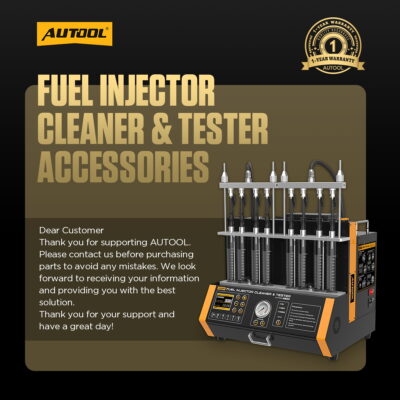
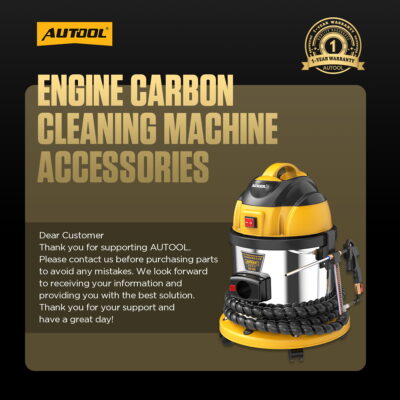

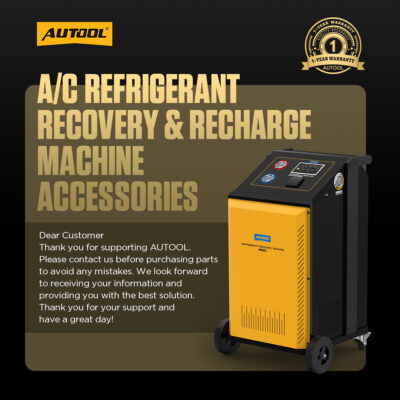

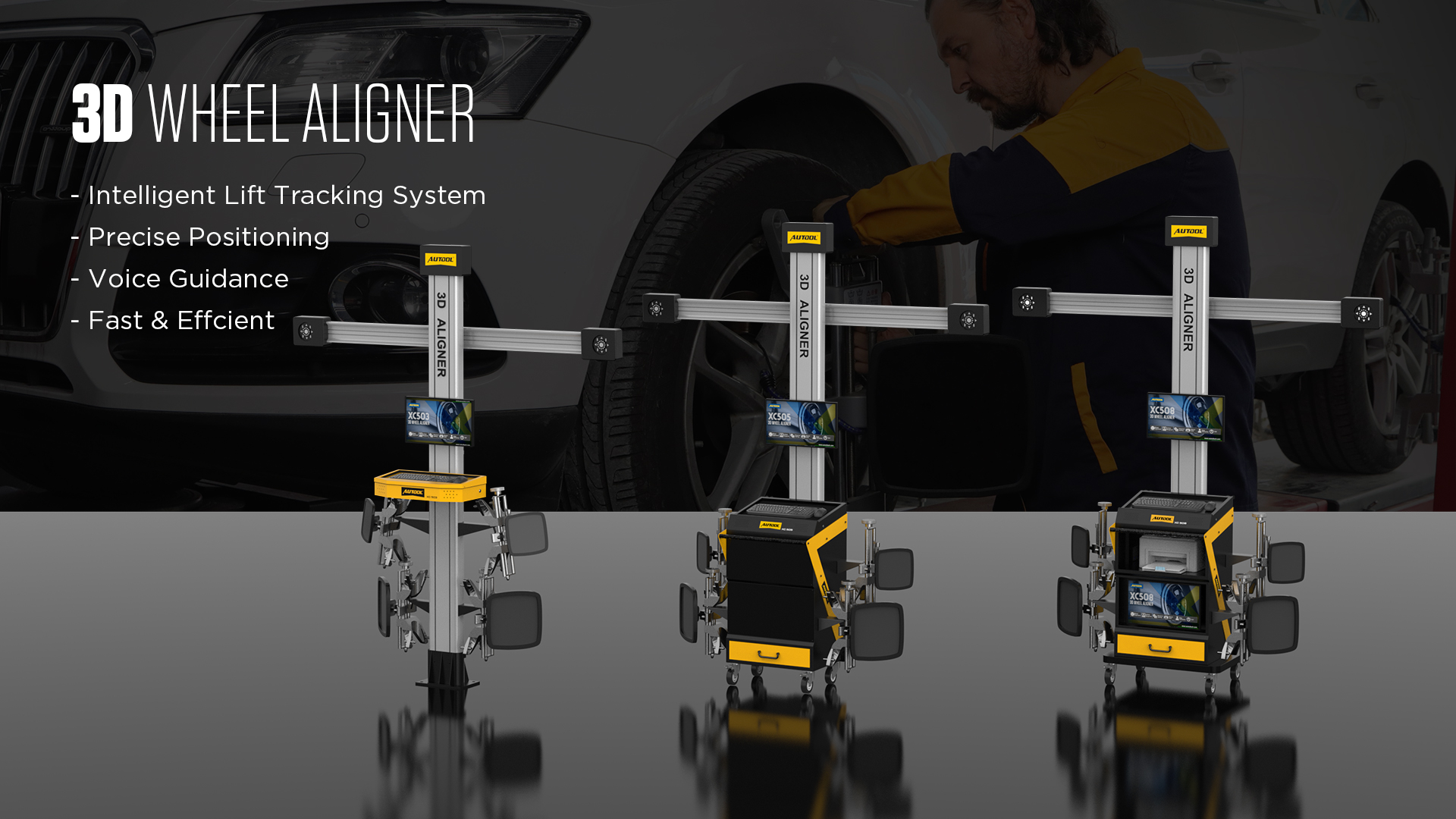
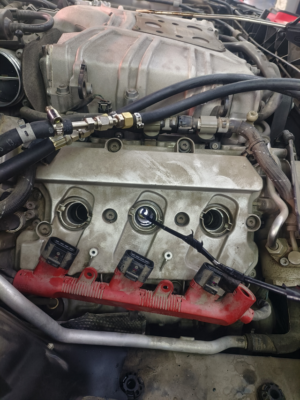
 AUTOOL Official Team
AUTOOL Official Team